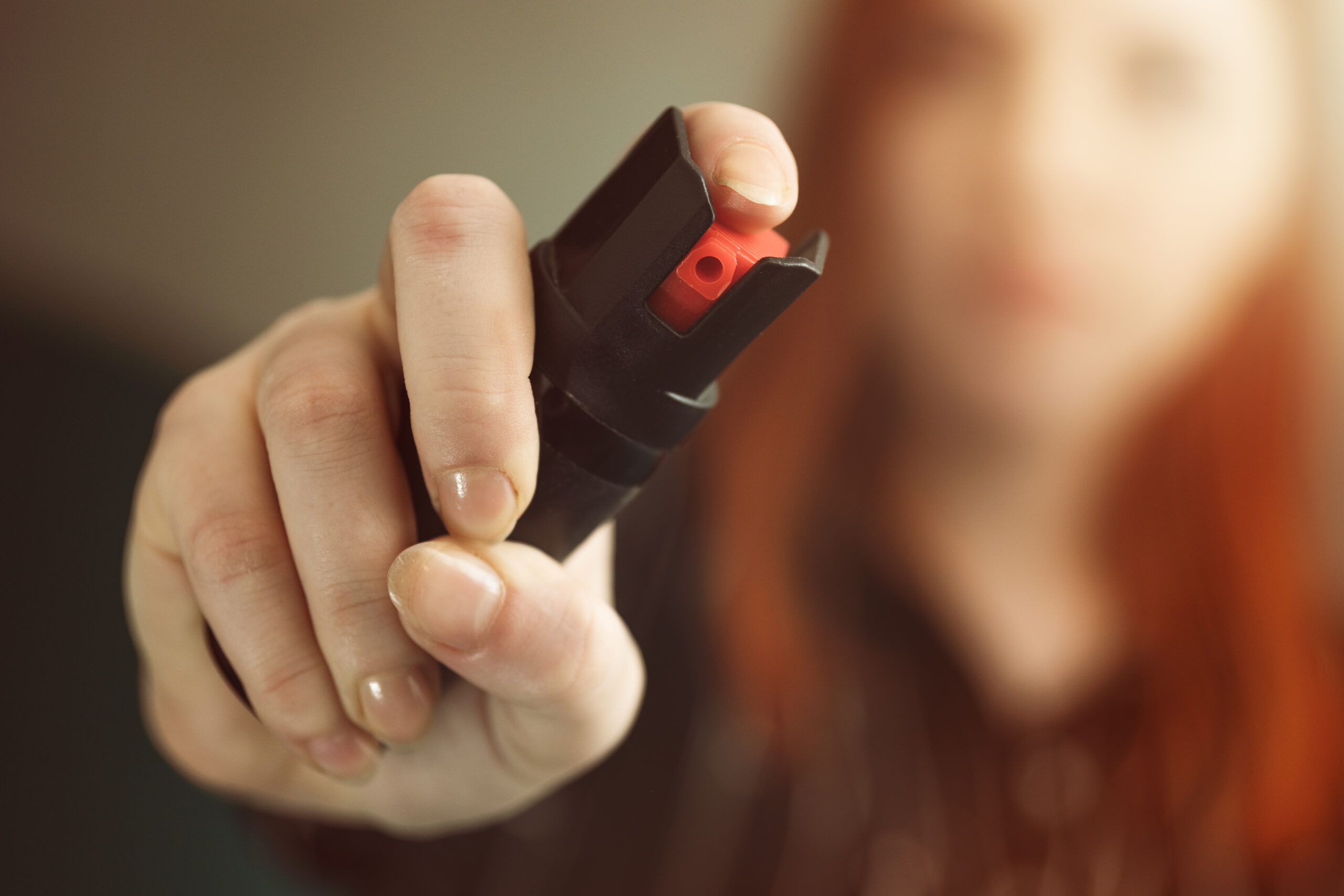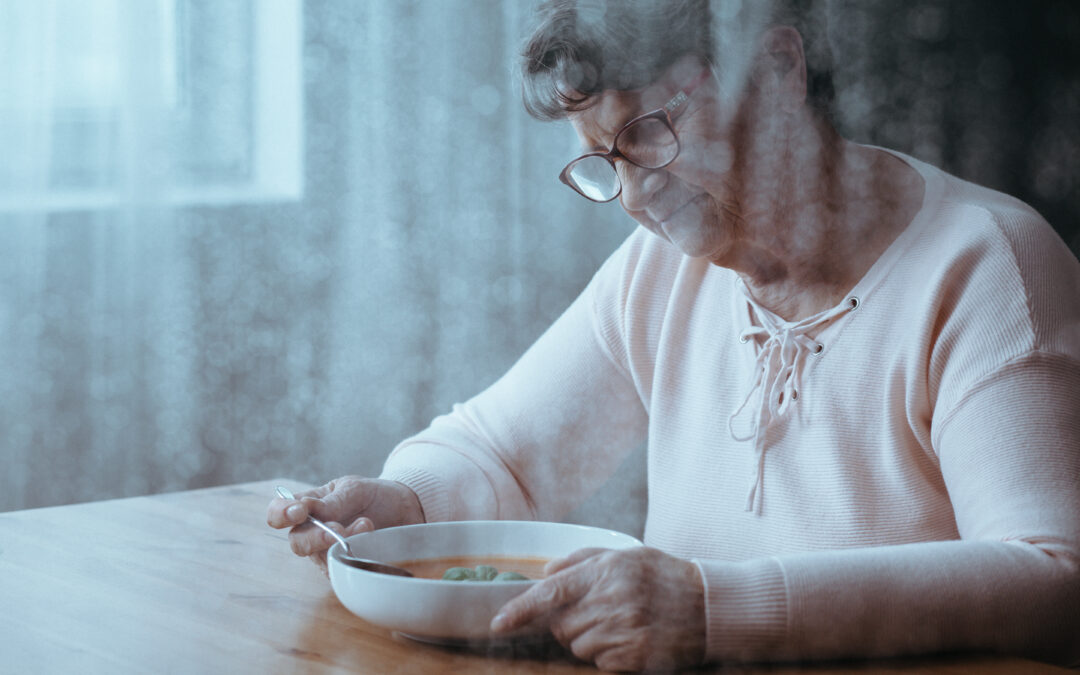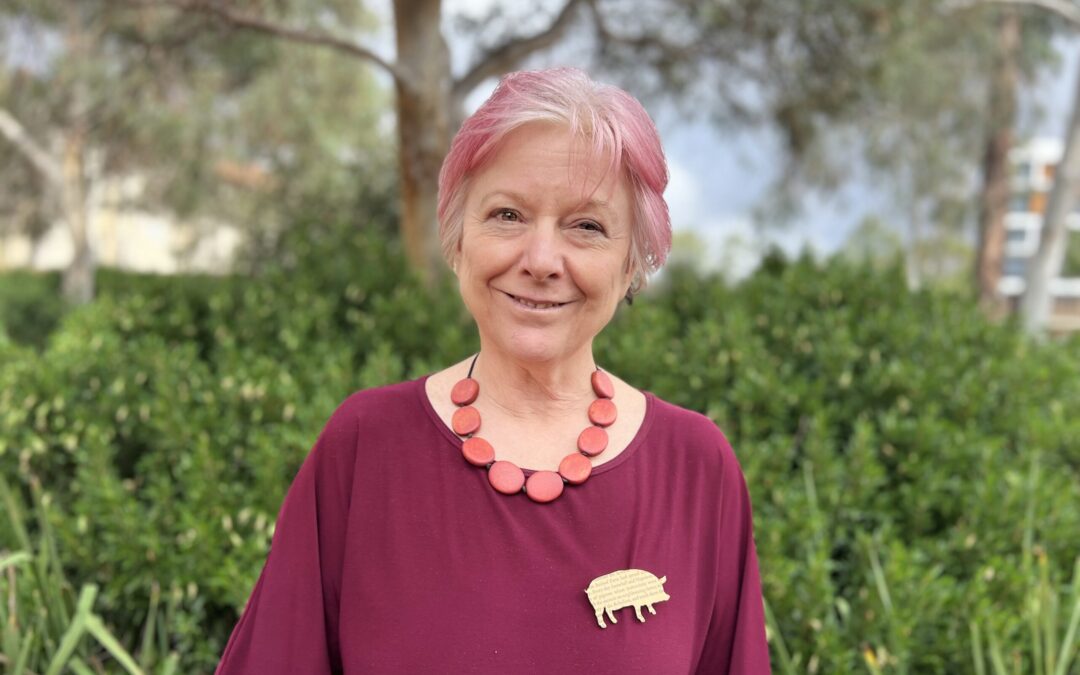As Australia responds to the coronavirus pandemic, capacity to cope with the crisis is under strain from a secondary crisis – one of care work. This care crisis is a result of increased pressure on the health workforce and system, increased need for unpaid care work, such as childcare, and the dividends for heterosexual households presented by the gender pay gap.
Australia has a highly gender-segregated workforce, in terms of both industry and occupation, a pattern which is similar to other OECD countries. According to the data from the Workplace Gender Equality Agency (WGEA), employment in the health sector is highly gendered, with women making up 80% of staff in hospitals, and 78% of employees in other health care services, such as pathology and GPs.
 Yet women are paid less for frontline work. The gender pay gap in hospitals remains at 10% and, of even more concern, 32% in other health care services. Even in less gendered sectors which are crucial to containing a coronavirus outbreak, the pay gap remains. While the building and industrial cleaning sector has a more equitable workforce with 51% women, the pay gap remains at 16%. And women are more likely to be labourers and less likely to be managers.
Yet women are paid less for frontline work. The gender pay gap in hospitals remains at 10% and, of even more concern, 32% in other health care services. Even in less gendered sectors which are crucial to containing a coronavirus outbreak, the pay gap remains. While the building and industrial cleaning sector has a more equitable workforce with 51% women, the pay gap remains at 16%. And women are more likely to be labourers and less likely to be managers.
While women are at the frontline in the struggle against COVID-19 and potentially experience greater exposure to the virus, they are also paid less to be there.
At the same time, women in Australia spend the equivalent of 60% of their average weekly working time on unpaid care work, in comparison with 36% for men. For every one hour men spend doing unpaid care, women spend almost double, at one hour and 48 minutes. Women are also more likely to work part-time than their partners, often to undertake unpaid care. As noted by the 2017 Senate Inquiry into Gender Segregation in the Workplace, care work and female professions are undervalued in the labour market.
If a women is paid less than her partner, there are greater returns for the household if she stays home to care for children.
The gender pay gap presents an economic equation for many households. If a women is paid less than her partner, there are greater returns for the household if she stays home to care for children who are either no longer attending early childhood education or now home-schooled.
Given that women are also more likely to work in the health care, where ongoing workforce capacity will be crucial to managing the broader health impacts of the pandemic, this situation presents a crisis. This household dividend conflicts with the health imperative for our society as a whole.
This household dividend conflicts with the health imperative for our society as a whole.
This crisis is clear in moves to keep schools and the childcare sector functioning. There has been speculation that the reluctance to close schools is because it would reduce the capacity of the healthcare workforce by as much as a third if health professional parents and carers stay home to care for children.
Moreover, the recent announcement of support for the childcare sector, which would allow parents and carers to keep their children in childcare for free, gives priority to households where it would enable work in critical areas including health and cleaning. It’s worth noting, both school education and childcare are also feminised sectors.
 COVID-19 is revealing a crisis of care in Australia, in which women’s over-representation in all aspects of care work, both paid and unpaid, is putting strain on our capacity to manage the health situation.
COVID-19 is revealing a crisis of care in Australia, in which women’s over-representation in all aspects of care work, both paid and unpaid, is putting strain on our capacity to manage the health situation.
If care is the crisis, then gender equality would have to be part of the vaccine. By virtue of closing the pay gap and more equitable sharing of care work – both paid and unpaid – it would build resilience into our systems and society.
The decisions now made and stimulus support delivered will reshape existing inequalities as Australia recovers from the crisis. Research on other disasters, such as the 2011 floods in Queensland and Victoria, has shown that when women forgo work during a crisis period to take on care work, it has ongoing negative consequences for their economic security.
For some women, this insecurity will be compounded with financial abuse, with experts suggesting the risk increases during and after a crisis. It’s crucial that we don’t repeat or reinforce similar inequalities in the management of this pandemic. Ensuring that our approach is gender responsive and promotes equality rather than deepening inequalities, will build resilience into our system for the future.
Measures such as the support to the childcare sector, which will lessen unpaid care by women at home and maintain the viability of a feminised sector, are welcome.
Measures such as the support to the childcare sector, which will lessen unpaid care by women at home and maintain the viability of a feminised sector, are welcome.
However, a gender lens needs to be extended across all government responses. Some childcare centres might need to need to reduce their employees’ wages or lower the quality of care to qualify for enough assistance to keep afloat, and so devalue the care work they provide.
Further, early analysis indicates that of the 950,000 casual workers who will be ineligible for JobKeeper payment because they haven’t worked continuously in the past 12 months, more than half are women. Women are more likely to work casually than men, and more likely to take time out of the workforce while having or caring for children.
Measures such as these may threaten households’ and women’s economic security and push women toward more unpaid care. As a result, they risk entrenching both the devaluing of all care work and the broader social norms in which women care, and men earn. As the pandemic is demonstrating, it’s crucial that measures such as JobKeeper don’t recreate these inequalities and norms for the resilience of our society in the future.
We need a gender lens on the response to COVID-19. It will be as crucial to the future health of all Australians, as it is in the present.




